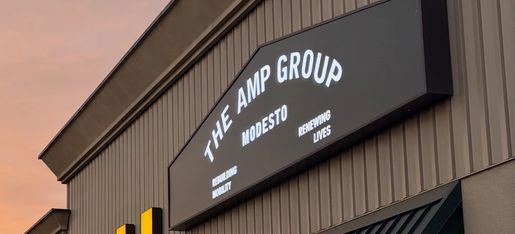Protoshetics Galileo | In-Clinic 3d printing solution
The Materials
The Materials
The Materials
Many different materials can be used successfully in a 3D printer. At The Amp Group, we are typically using PETg. PETg is transparent thermoplastic that has high impact resistance and can be used for dynamic, prosthetic fittings. PETg is used as a diagnostic too.
In-clinic 3d printing at The amp group, inc
Thank you to our partnership with Protosthetics, we are able to bring accurate and efficient technology to our clinic. 3D printing allows for quicker turn-around times, more precise initial and future fittings, and on-demand socket rectification.
Frequently Asked Questions about 3d printing
The in-clinic 3D printer has the ability to fabricate BK cosmetic covers, MJF definitive sockets, above knee and below knee check sockets, above knee and below knee Copoly sockets, and BK flexible inner.
The ability to create a digital file, ultimately leads to improved accuracy and data. Residual limb volume changes can be easily monitored and communicated to the client and/or referral source. More so, a digital rendering is extremely accurate and can be altered with great efficiency when the limb changes in shape, volume, or anatomically.
Great question, an AK socket can take roughly 6 hours while a BK socket can take 3-5 hours depending on the size.
No problem, at The Amp Group we perform both hand-casting and digital scanning. If you would prefer to be casted, we will gladly accommodate. When hand casted, the negative model will be scanned to ensure we have a digital rendering of the residual limb.
Though there are many advantages for 3D printing in prosthetics, time efficiency and accuracy are on top. We can quickly take a scan and have the printer begin fabrication for next-day or same-day turnaround if needed. Additionally, accuracy is invaluable. Socket duplications, quick adjustments, volume increase/decrease - all can be done on the design and printed for ease of care.
The Amp Group, Inc
Main Line (call or text anytime): 209.404.0152
Office line: 209.408.8477 Fax: 209.408.8459

Why The Amp Group
Want to know more about The Amp Group, Inc? Check out the newest introduction video!


